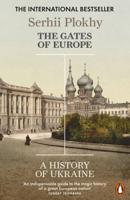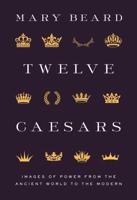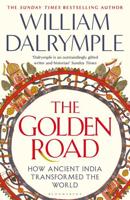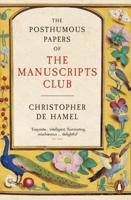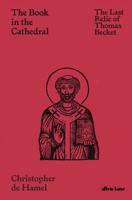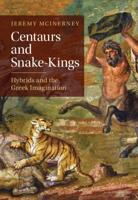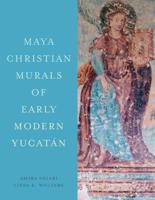Publisher's Synopsis
Church rituals were a familiar feature of life throughout much of the Anglo-Saxon period. In this innovative study, Helen Gittos examines ceremonies for the consecration of churches and cemeteries, processional feasts like Candlemas, Palm Sunday, and Rogationtide, as well as personal rituals such as baptisms and funerals. Drawing on little-known surviving liturgical sources as well as other written evidence, archaeology, and architecture, she considers the architectural context in which such rites were performed. The research in this book has implications for a wide range of topics, such as: how liturgy was written and disseminated in the early Middle Ages, when Christian cemeteries first began to be consecrated, how the form of Anglo-Saxon monasteries changed over time and how they were used, the centrality and nature of processions in early medieval religious life, the evidence church buildings reveal about changes in how they functioned, beliefs about relics, and the attitudes of different archbishops to the liturgy. Liturgy, Architecture, and Sacred Places in Anglo-Saxon England will be of particular interest to architectural specialists wanting to know more about liturgy, and church historians keen to learn more about architecture, as well as those with a more general interest in the early Middle Ages and in church buildings.


